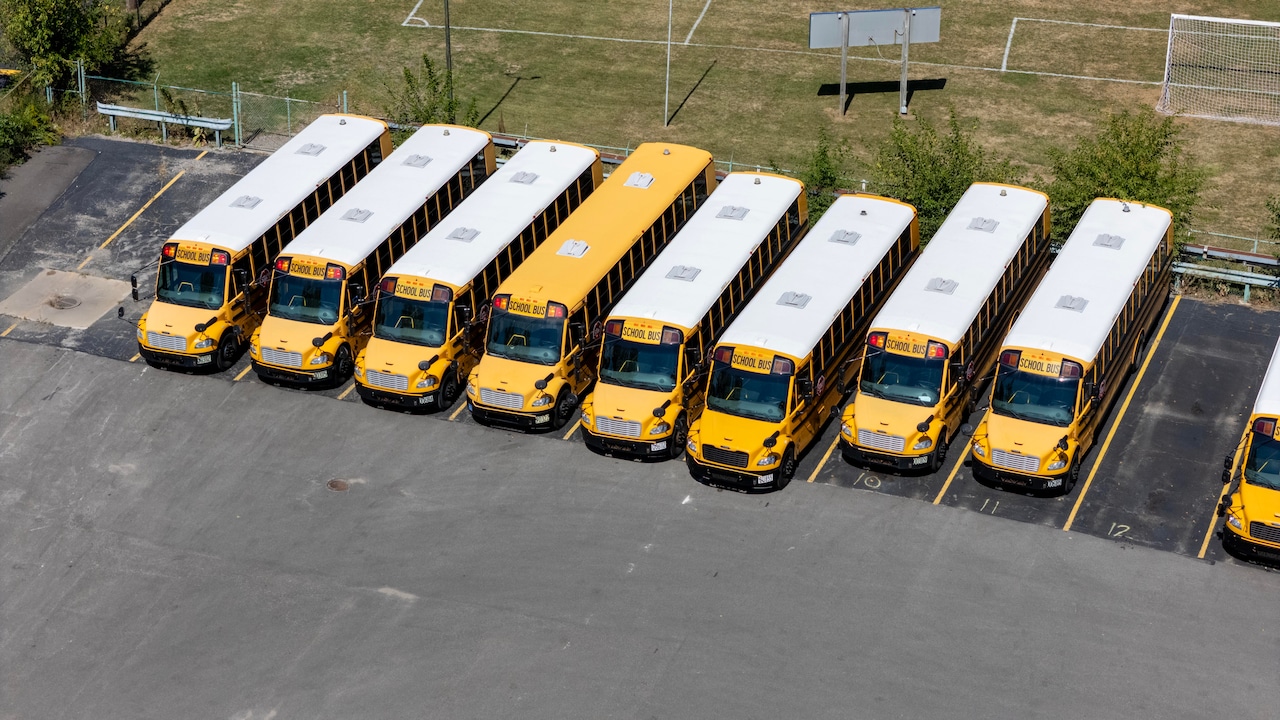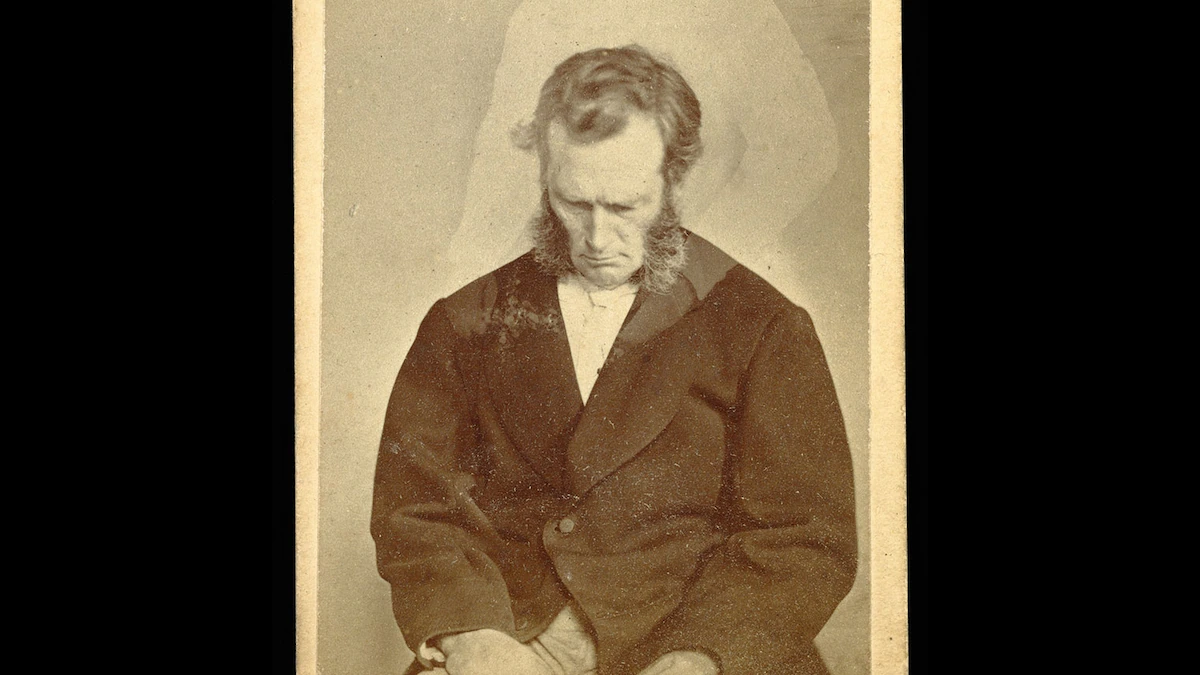Copyright cleveland.com

COLUMBUS, Ohio - A member of Gov. Mike DeWine’s property tax panel argues that achieving meaningful tax reform requires a willingness “to touch the third rail of Ohio school funding.“ School taxes account for by far the biggest chunk of property tax bills, Lake County Auditor Chris Galloway, a member of the governor’s Property Tax Working Group, said. And to reduce school costs significantly, Ohio is going to have to look at district consolidation to reduce the number of public school districts, he said. “There’s no way around it because it’s over 60% of people’s property tax bills,” Galloway said. Ohio has 607 public school districts serving 11.8 million residents. Duplicative administrative costs -- money spent on people -- add up significantly, Galloway argues. For 2024, 78.7% of school district general funds went to salaries and benefits, according to the Ohio Legislative Service Commission. Galloway is calling for district consolidation as property taxes consume more than 60% of residents’ bills. READ MORE: Are Ohio’s 607 school districts excessive and should the state consolidate? Ohio ranks 19th nationally in school districts per 100,000 residents, placing it near the middle nationally but above all its neighboring states. READ MORE: Ohio’s proliferation of school districts ranks 19th in nation, topping all its neighbors Each district employs a superintendent and treasurer, often in six-figure positions, along with assistant superintendents, curriculum directors and support staff. The smallest district, Put-in-Bay Local Schools with 73 students, paid Superintendent Scott Mangas $128,750 in fiscal year 2024, spanning from July 1, 2023 through June 30, 2024. But he also serves as a principal. Columbus City Schools, with 46,000 students, paid Superintendent Angela Chapman $274,600. Education leaders strongly oppose forced consolidation. Tom Hosler, CEO of the Ohio School Boards Association, said districts already operate efficiently through shared services consolidating payroll, purchasing and IT across multiple districts. He emphasized that Ohio families value local control of school boards with accessible members. Hosler warned that consolidation wouldn’t produce meaningful savings because merged districts would still require overhead staff. A combined 10,000-student district would need assistant superintendents and additional central office positions to manage multiple buildings across larger geographical areas. Real savings would come from building closures, which communities generally oppose. The state’s 51 educational service centers already provide cooperative services, conducting about $2 billion in business annually with districts. They offer teacher professional development, substitute teacher pools, payroll management and specialized student services. The Management Council of the Ohio Computer Education Network supports 16 regional information technology centers that provide discounted internet access and manage student data systems. State Sen. Andrew Brenner introduced legislation last week that would make consolidation optional while removing local property taxes and replacing them with increased sales tax. Brenner said that a potential constitutional amendment eliminating property taxes could force legislative action, though he acknowledged forced consolidation would generate significant opposition Ohio employs more than 245,000 full-time public school workers, and job eliminations could significantly impact local economies, particularly in rural counties where 280 districts are located. The state previously consolidated from 2,600 districts about 100 years ago, though those were largely one-room schoolhouses.



